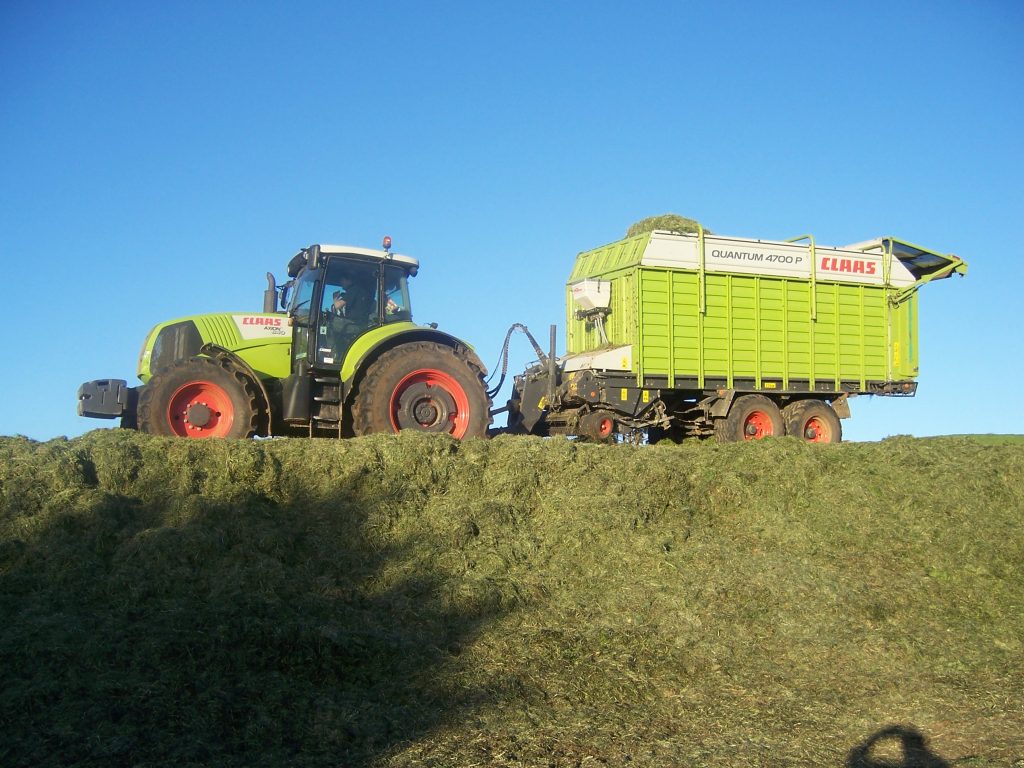Silage Inoculant Bacteria Live and Fragile

Field conditions and handling can affect inoculant bacteria’s usefulness in silage fermentation. Conditions such as storage prior to use, moisture level of the pasture/crop at ensiling, and in the case of water soluble inoculants, the condition of the water, application rate and distribution of the inoculant on the forage.
Recent research has focused on inoculant tank conditions and how they may impact how well an inoculant works. Obviously town supply water that has been chlorinated will kill inoculant bacteria. Surface water supplies on farm can have a multitude of bacterial and mineral contents that impede inoculant efficiency.
Research focused on heat. Temperatures that inoculant tank mix can reach in warm weather and its impact on bacteria viability. Some inoculant companies claim temerature in the tank does not affect viability; peer-reviewed research indicates otherwise.
In laboaratory experiements, researchers mixed various commercially available inoculants with water at 30c, 35c, 40c & 45c for six hours. Next, all inoculant mixes were transferred to 30c conditions for eighteen hours. The goal here was to simulate field conditions: silage inoculat tank temperatures during the day and then cooling of the evening.
Results showed 30c temperature had no detrimental affect on bacteria viability, but all higher temperatures did and at an increasing rate as temperature rose. Further research involving sampling of inoculant tanks in the field revealed that it is more related to the temperature/time matrix than just temperature alone. Although more research needs to be done, it is suspected the time factor also contributed to bacterial starvation due to decreasing live bacteria numbers as time went on. Under these conditions, at 35c, 50% of bacteria had died rendering the inoculant essentially useless.
The bacteria used in both PASTURE GOLD Granular and water soluble is stored refrigeration and inactive until contact with water. Upon manufacture, PASTURE GOLD water soluble remains in refrigeration until mixed with water to apply. PASTURE GOLD granular is blended just before the silage season and inactive until contact with forage moisture. Surplus granular stock is not carried over to the following season. All surplus granular product is re-blended the following August with fresh bacteria.